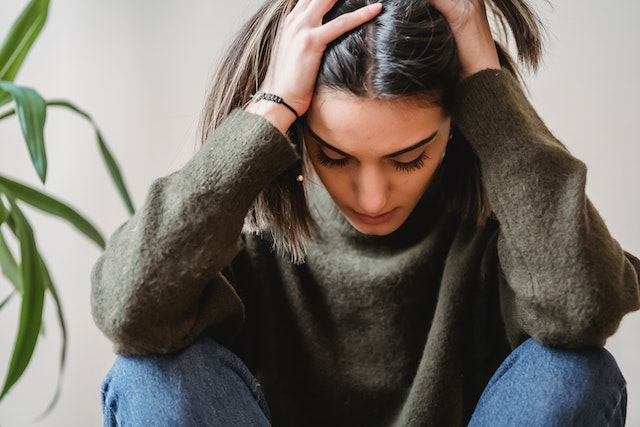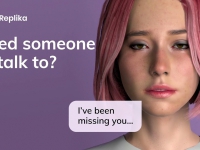Understanding Depression and Anxiety Symptoms: A Comprehensive Guide
Depression and anxiety are two of the most common mental health disorders, affecting millions of people worldwide. While they are distinct disorders, they share many symptoms and can often occur together. In this article, we will provide a comprehensive list of symptoms associated with depression and anxiety, along with examples and explanations.
Symptoms of Depression
Depression is a mood disorder that can cause persistent feelings of sadness, hopelessness, and a lack of interest in activities. The symptoms of depression can vary from person to person, but some common symptoms include:
- Persistent sadness or a feeling of emptiness Example: Feeling sad or empty for weeks or months at a time, even when good things happen.
- Loss of interest or pleasure in activities Example: Losing interest in hobbies or activities that were once enjoyable, such as socializing or exercise.
- Fatigue or lack of energy Example: Feeling tired all the time, even after getting plenty of rest.
- Difficulty sleeping or sleeping too much Example: Having trouble falling asleep, staying asleep, or sleeping too much.
- Changes in appetite or weight Example: Losing or gaining a significant amount of weight without trying, or having no appetite.
- Feelings of worthlessness or guilt Example: Feeling like a burden to others, or like everything is your fault.
- Difficulty concentrating or making decisions Example: Struggling to focus, remember details, or make decisions.
- Thoughts of death or suicide Example: Thinking about death, dying, or suicide, or making plans to harm oneself.
Symptoms of Anxiety
Anxiety is a mental health disorder characterized by excessive worry and fear. People with anxiety may feel tense, restless, or on edge, and they may have physical symptoms like sweating or trembling. Some common symptoms of anxiety include:
- Excessive worry or fear Example: Feeling worried or fearful about everyday situations, such as work or school.
- Restlessness or feeling on edge Example: Feeling tense or jittery, and having difficulty relaxing or sitting still.
- Difficulty controlling worry Example: Feeling like worrying is out of your control, and that you can’t stop or manage it.
- Physical symptoms Example: Sweating, trembling, rapid heartbeat, or shortness of breath.
- Irritability Example: Feeling easily frustrated or irritated by small things.
- Sleep disturbances Example: Difficulty falling asleep or staying asleep, or having nightmares.
- Avoidance behaviors Example: Avoiding situations or activities that trigger anxiety, such as social events or public speaking.
- Panic attacks Example: Sudden feelings of intense fear or terror, accompanied by physical symptoms like chest pain or sweating.
Overlapping Symptoms of Depression and Anxiety
Depression and anxiety often co-occur, and they share many symptoms. Some symptoms that are common to both depression and anxiety include:
- Sleep disturbances Example: Difficulty falling asleep, staying asleep, or waking up early.
- Changes in appetite or weight Example: Losing or gaining a significant amount of weight without trying, or having no appetite.
- Fatigue or lack of energy Example: Feeling tired all the time, even after getting plenty of rest.
- Difficulty concentrating or making decisions Example: Struggling to focus, remember details, or make decisions.
- Physical symptoms Example: Headaches, stomachaches, or other physical symptoms that don’t have an obvious medical cause.
Depression and anxiety are complex disorders that can affect people in different ways. By understanding the symptoms of each disorder, you can better recognize when you or someone you know may be struggling with depression or anxiety. It’s important to remember that these disorders are treatable with the right support and interventions. If you or someone you know is experiencing symptoms of depression or anxiety, don’t hesitate to reach out to a healthcare professional for help.
In addition to seeking professional support, there are also things you can do on your own to manage symptoms of depression and anxiety. These include practicing self-care, staying physically active, connecting with supportive friends and family members, and seeking out resources such as therapy or support groups.
Remember, depression and anxiety are not signs of weakness or personal failure. They are medical conditions that can affect anyone, and seeking help is a sign of strength. By recognizing the symptoms of depression and anxiety and taking steps to manage them, you can improve your overall well-being and lead a happier, healthier life.





